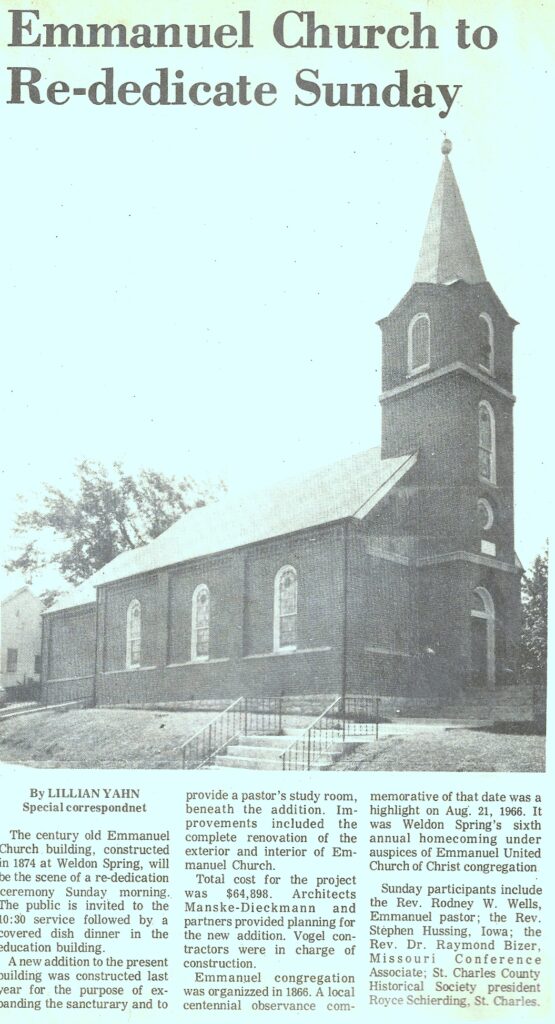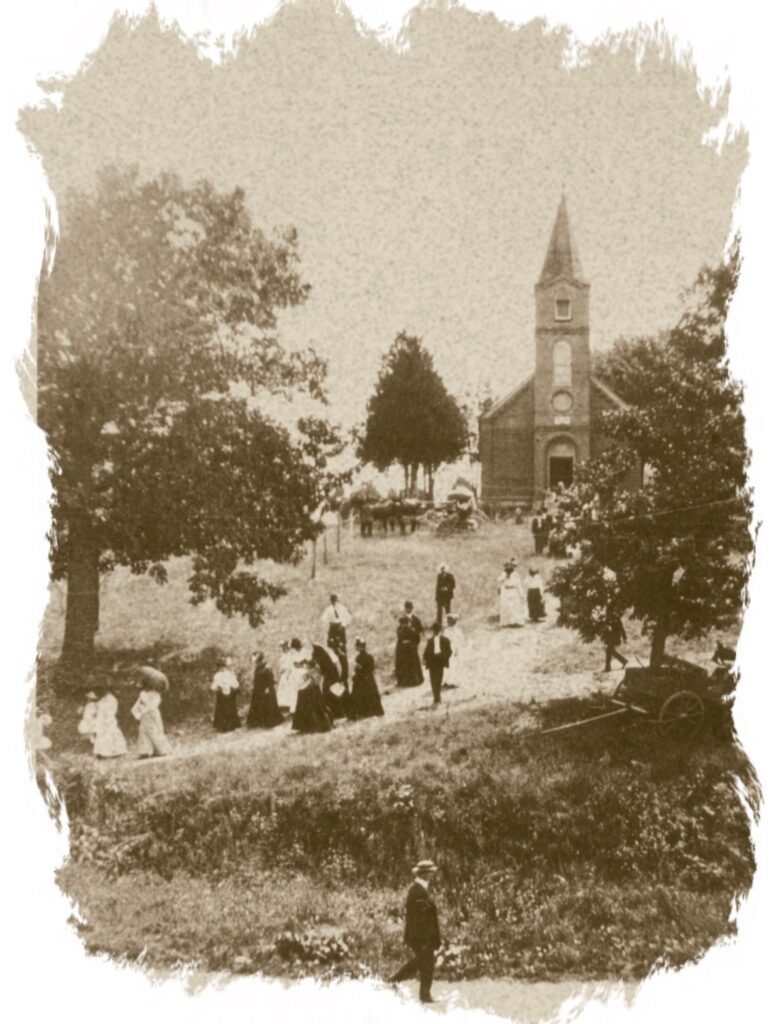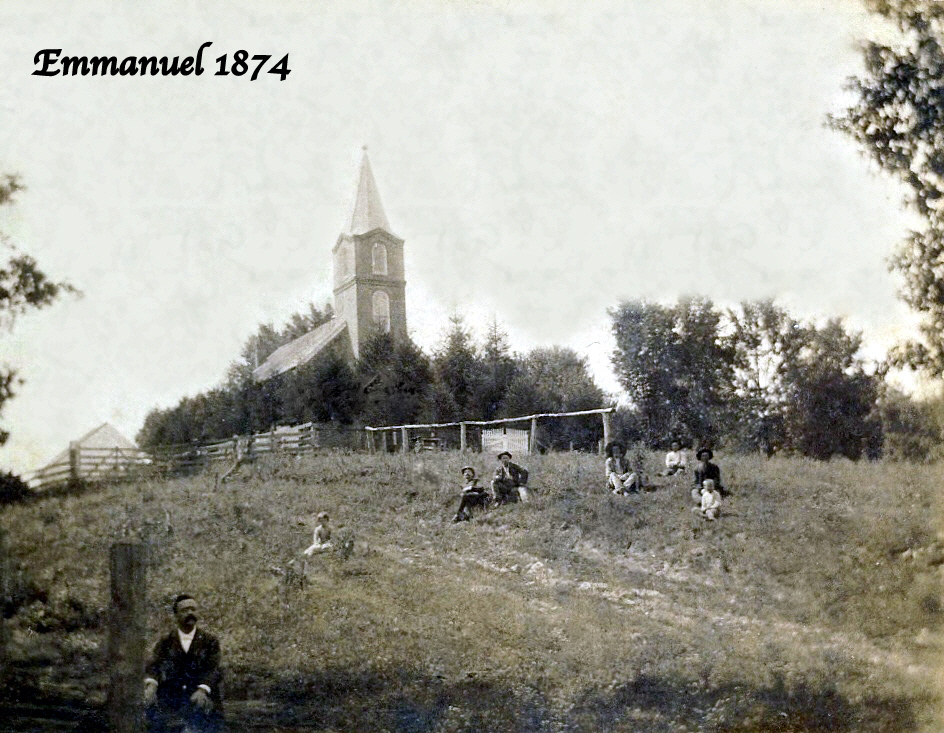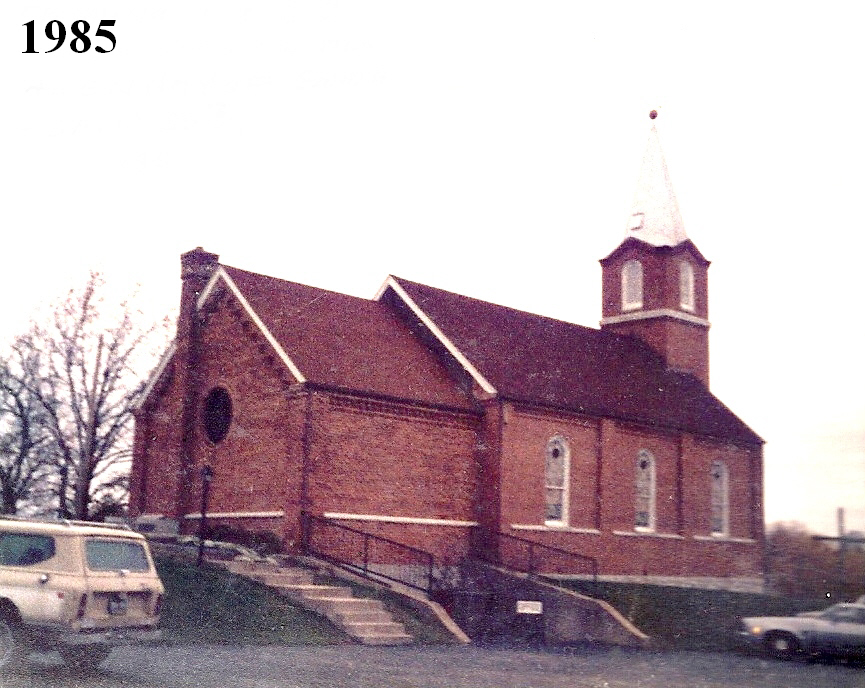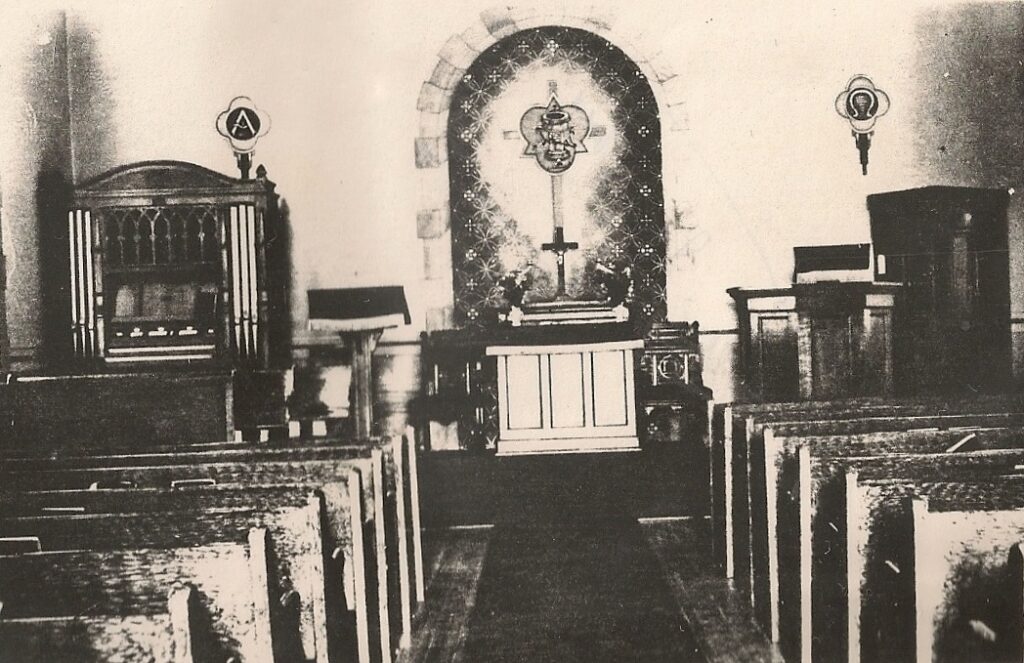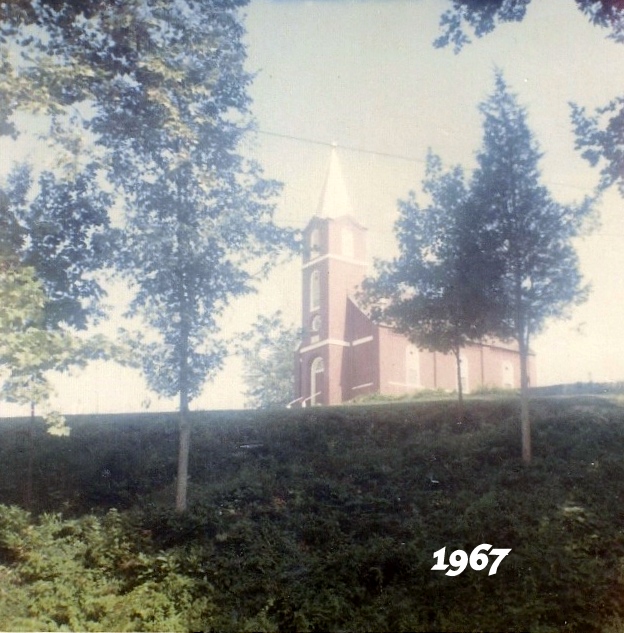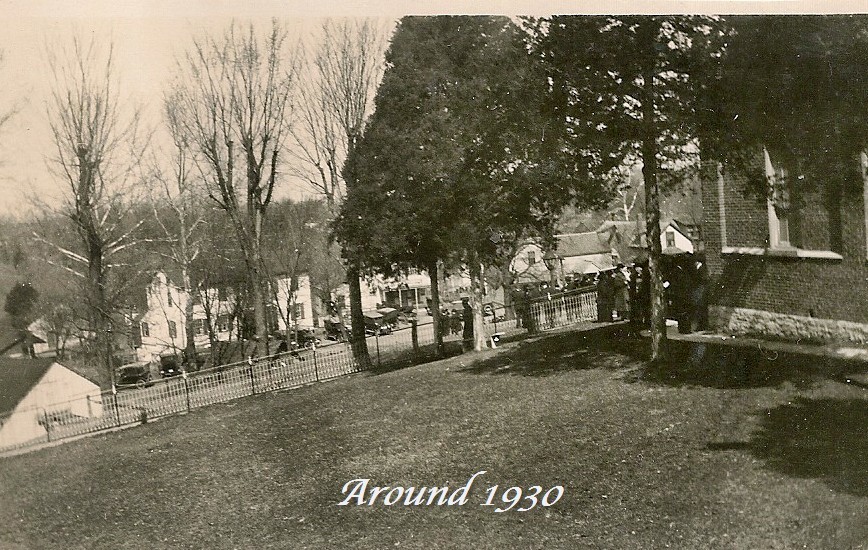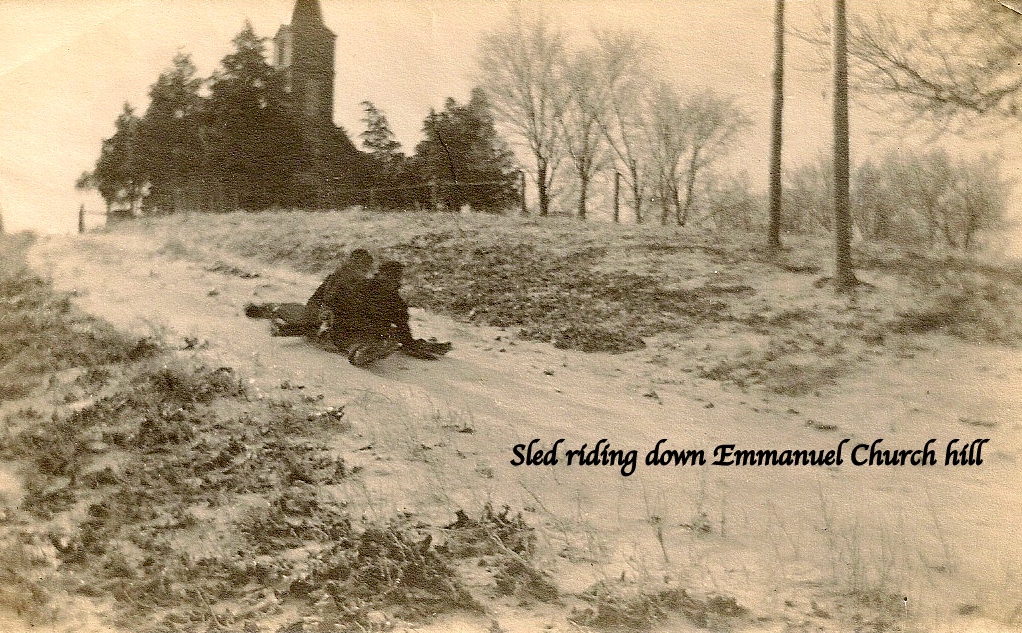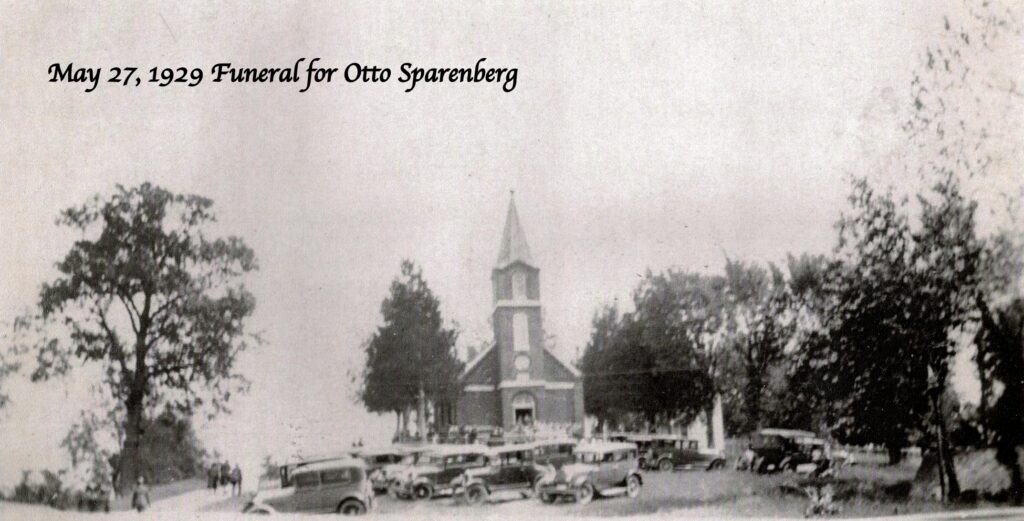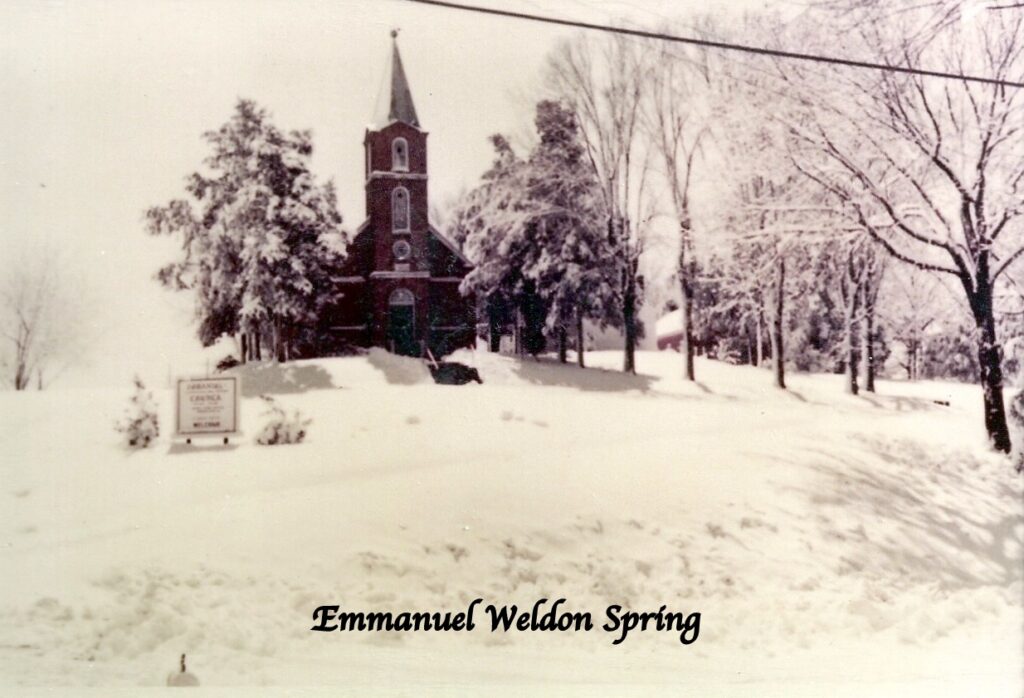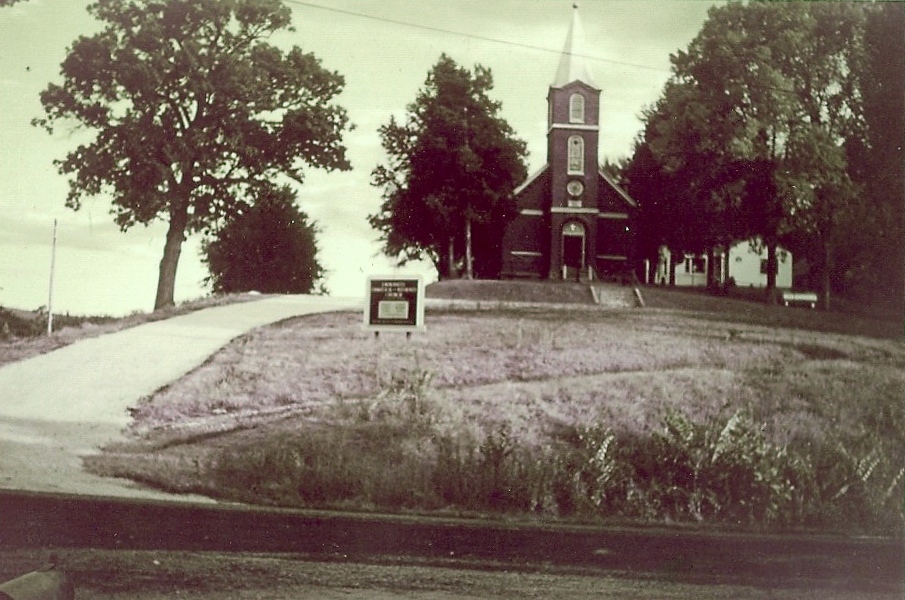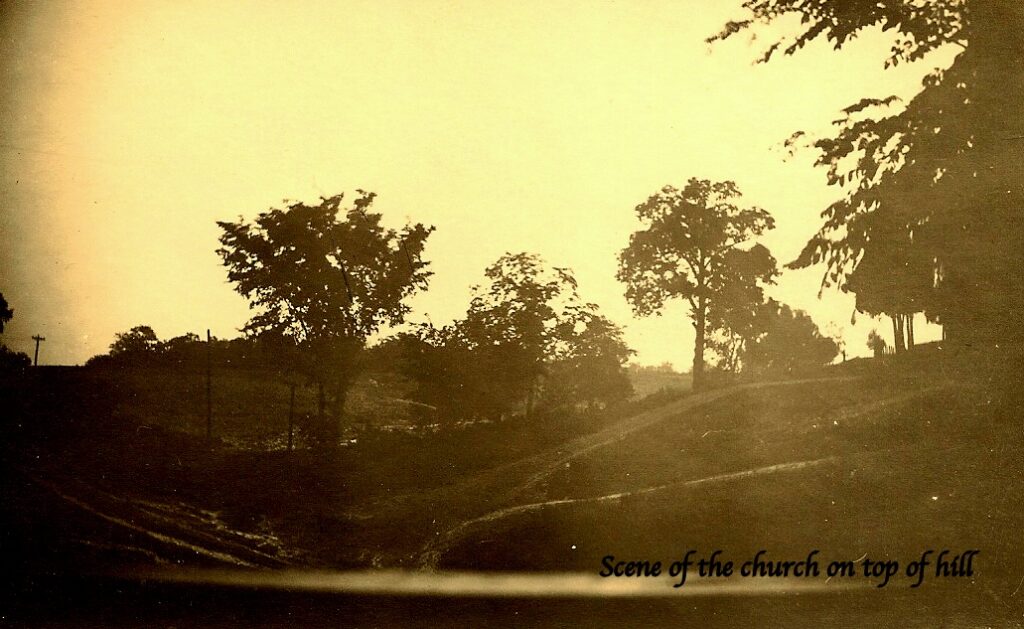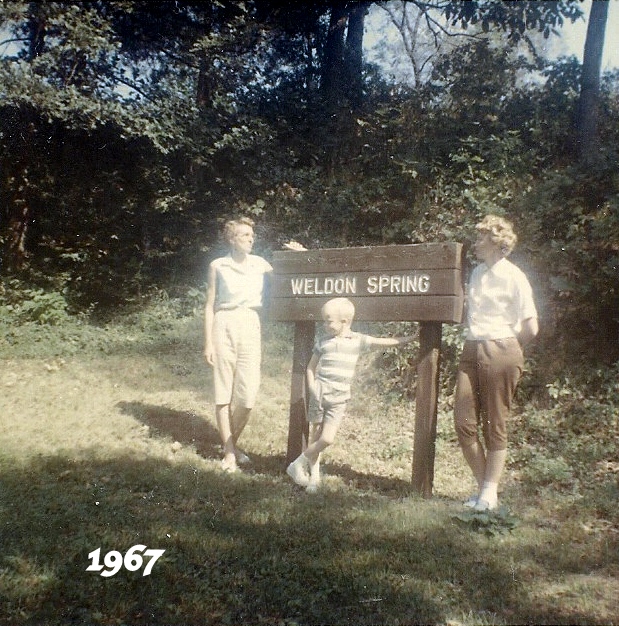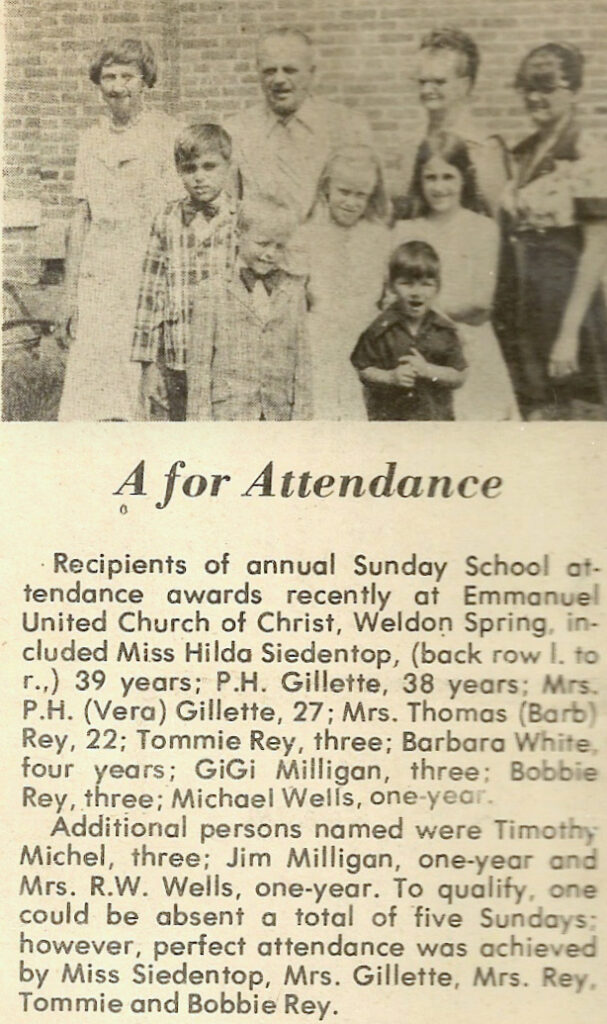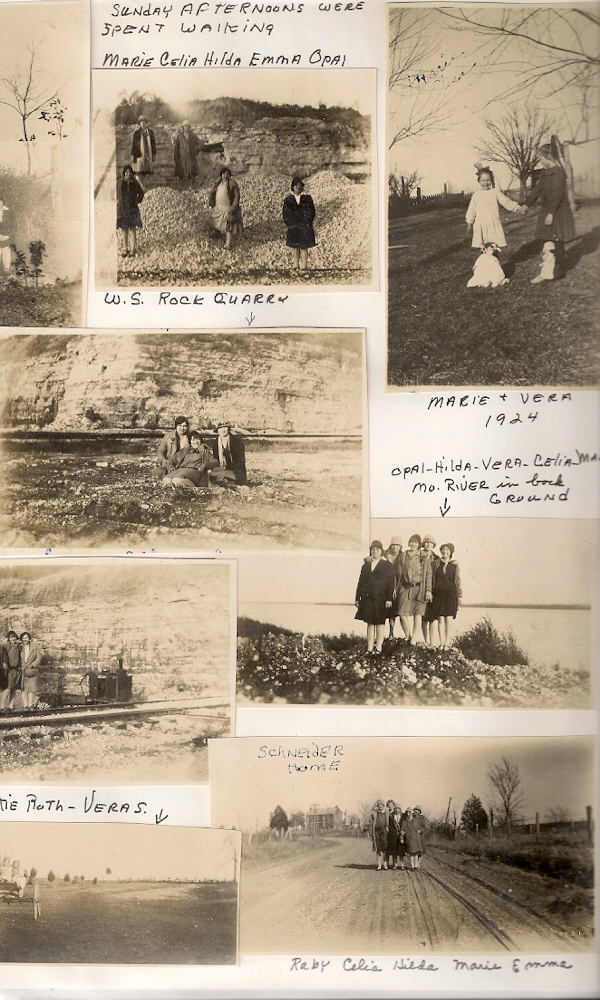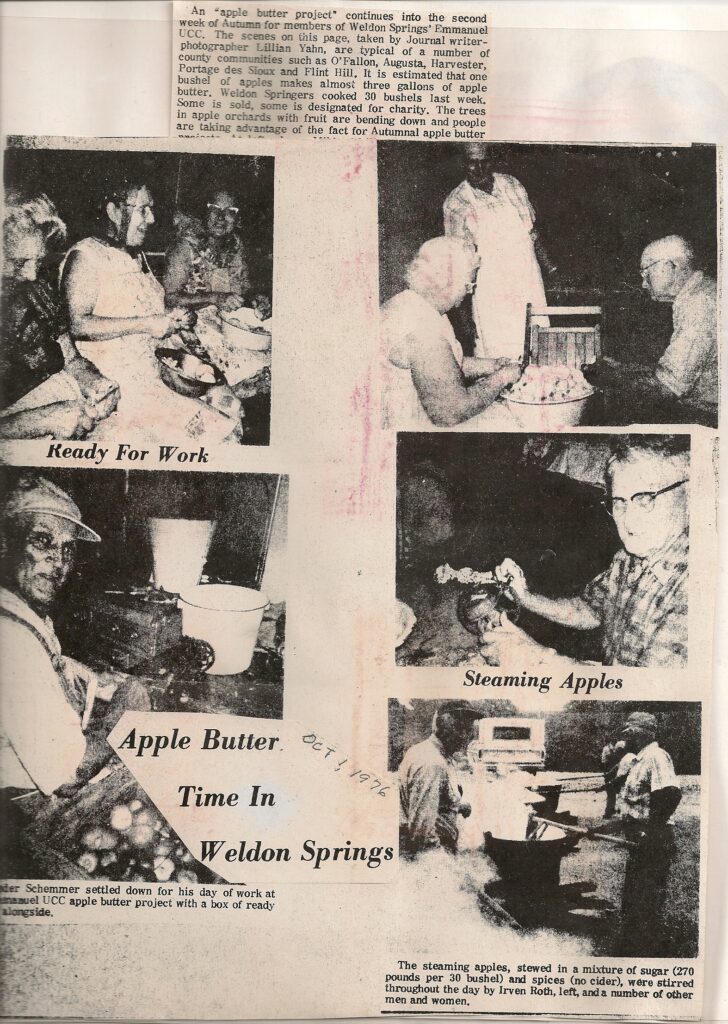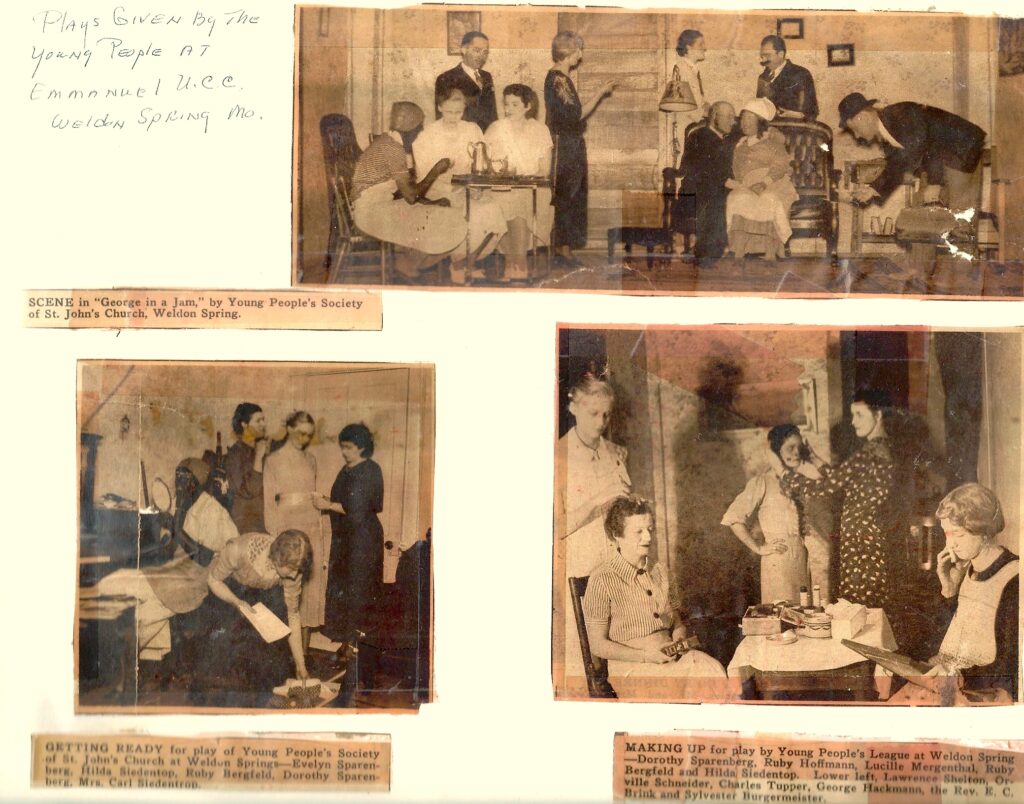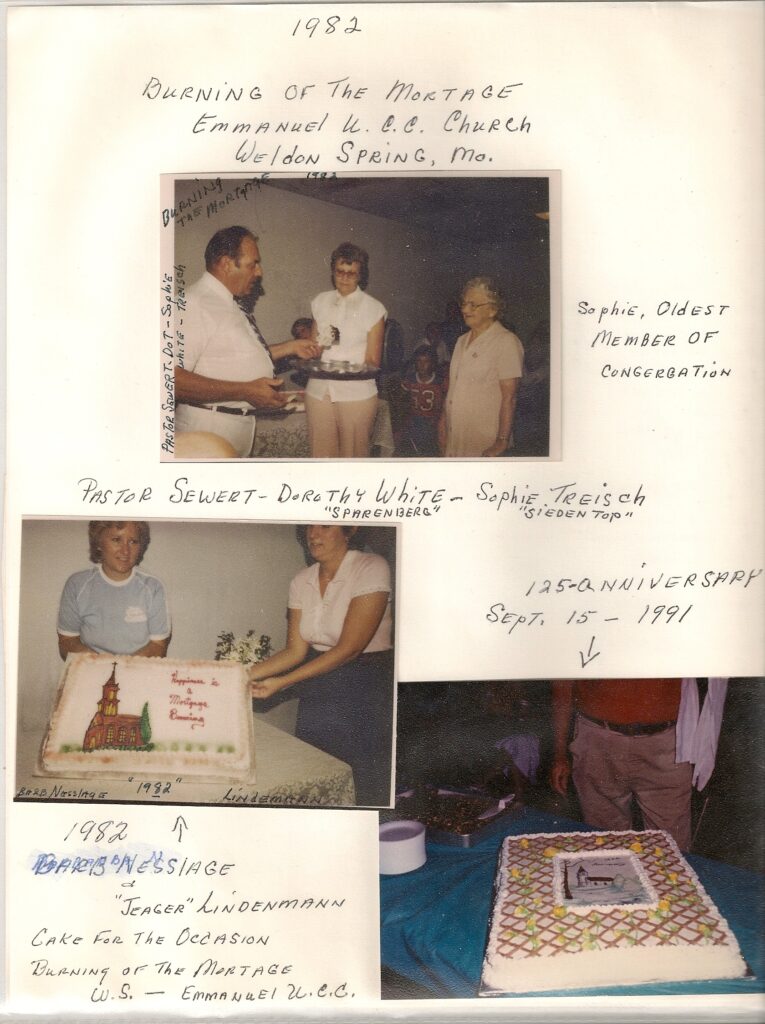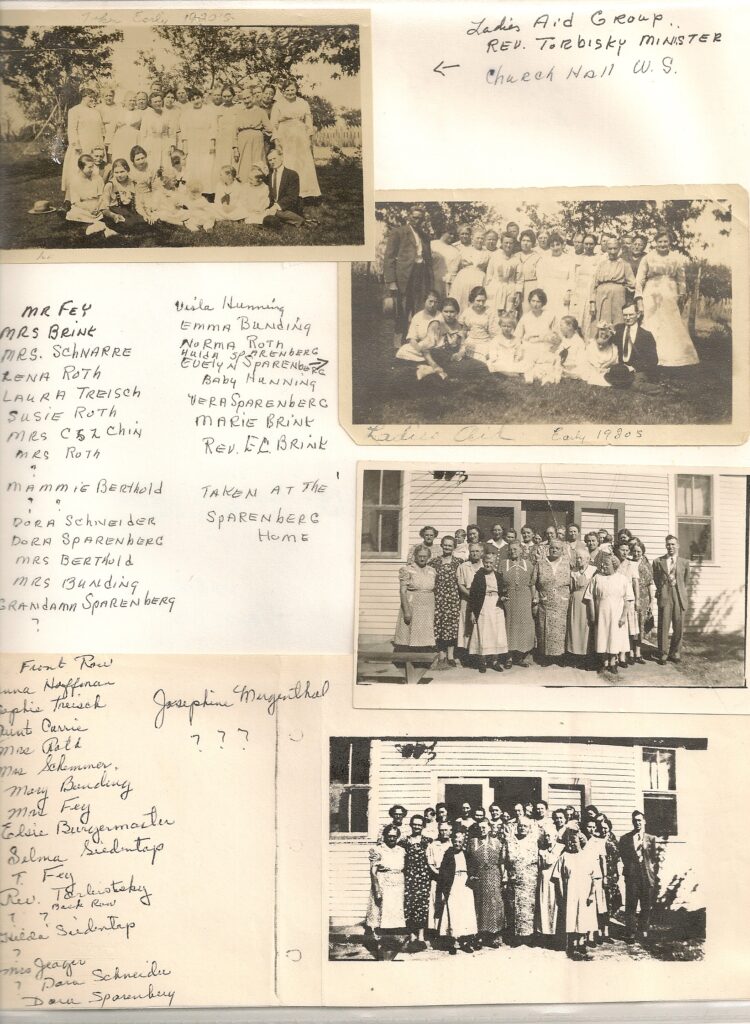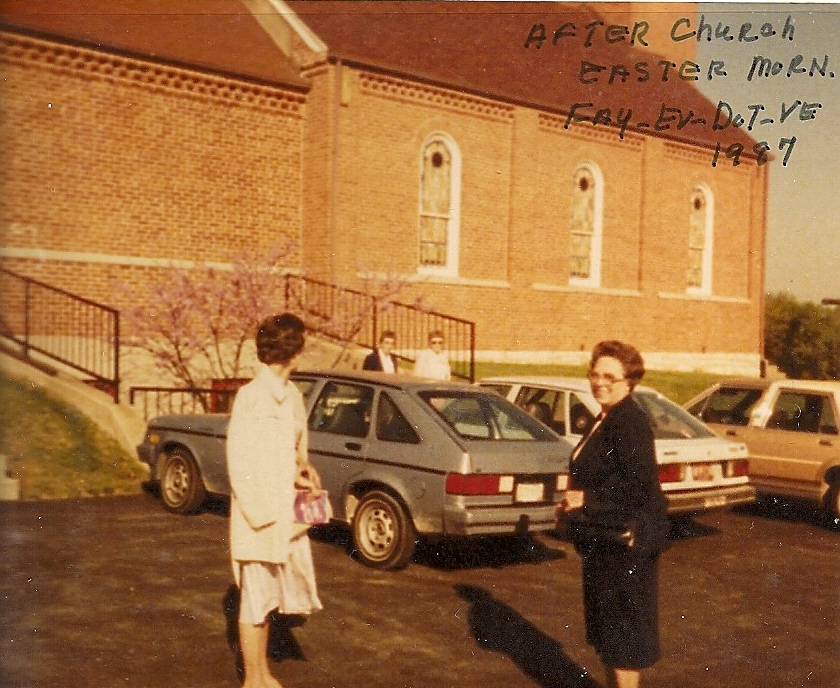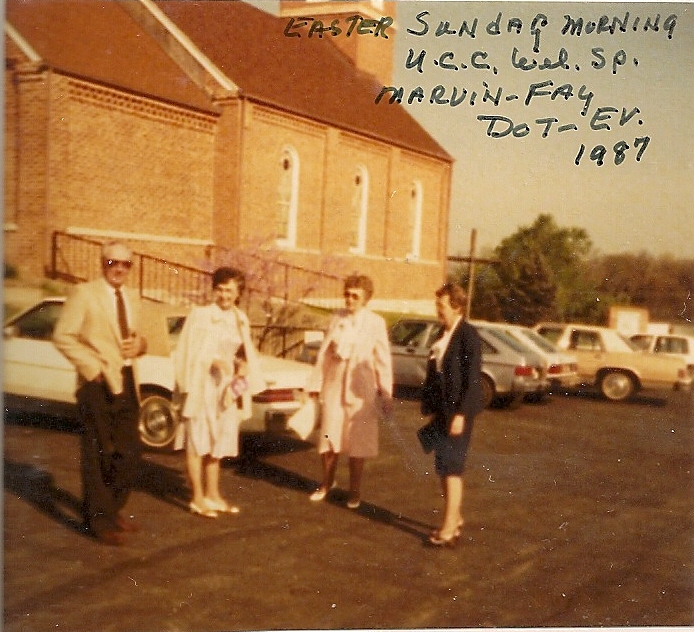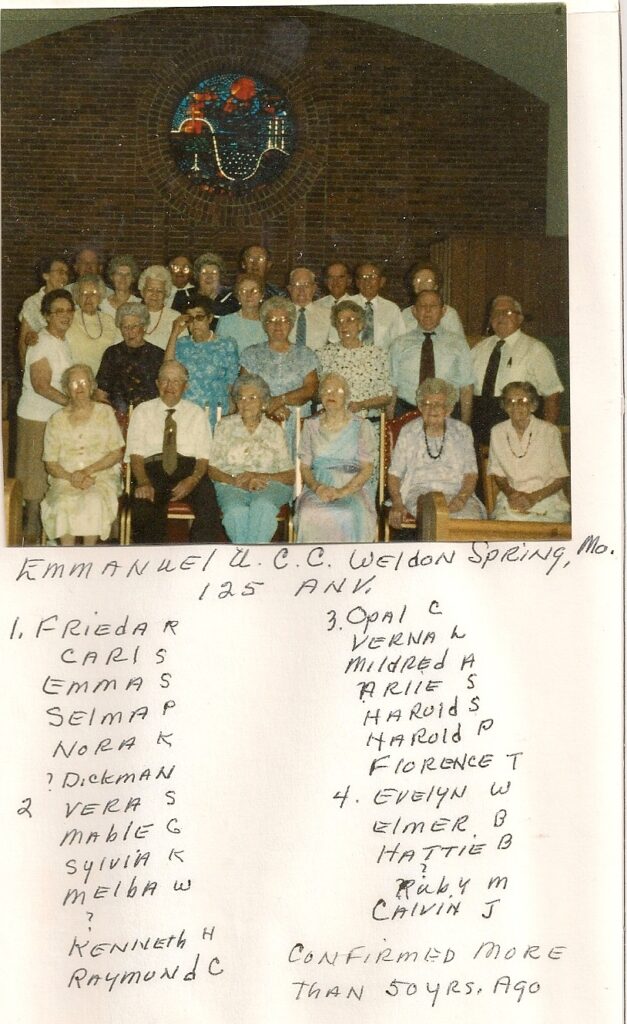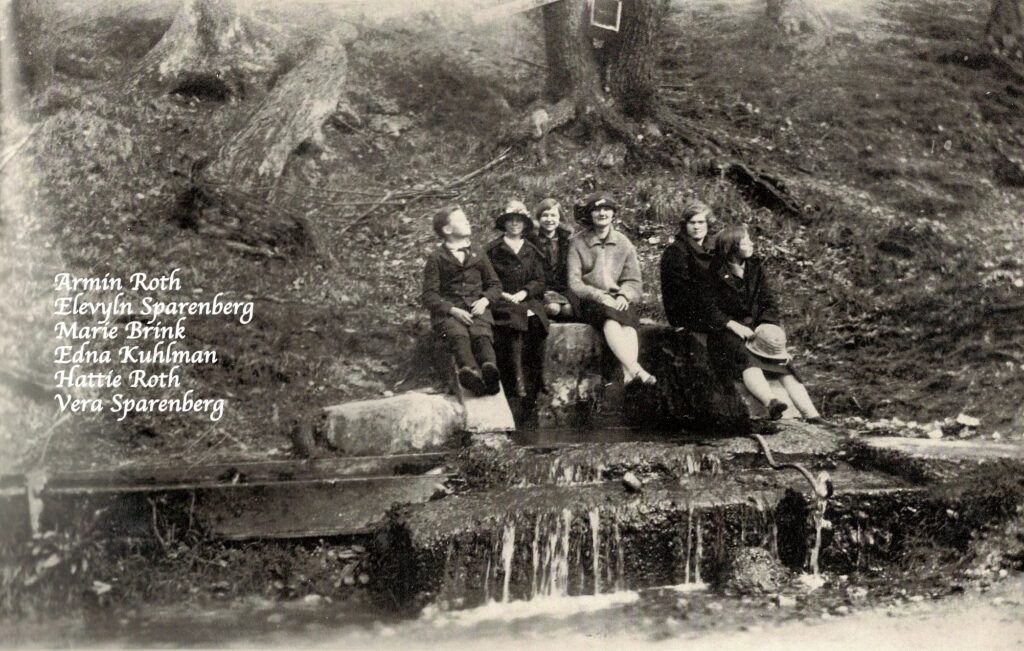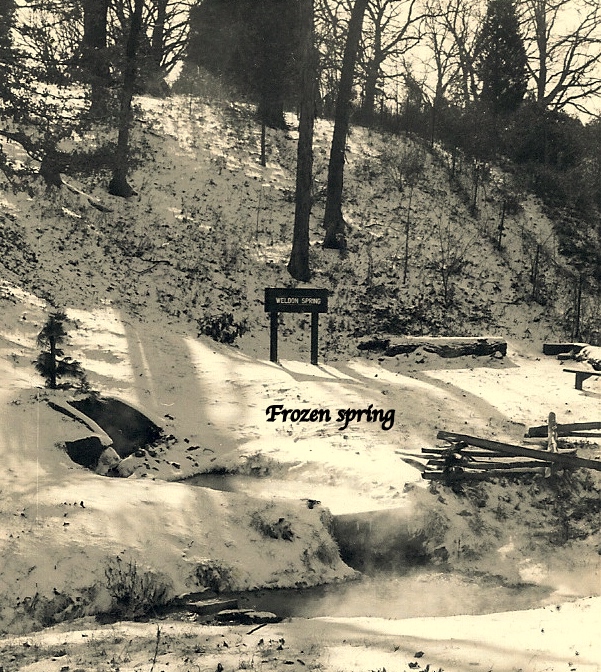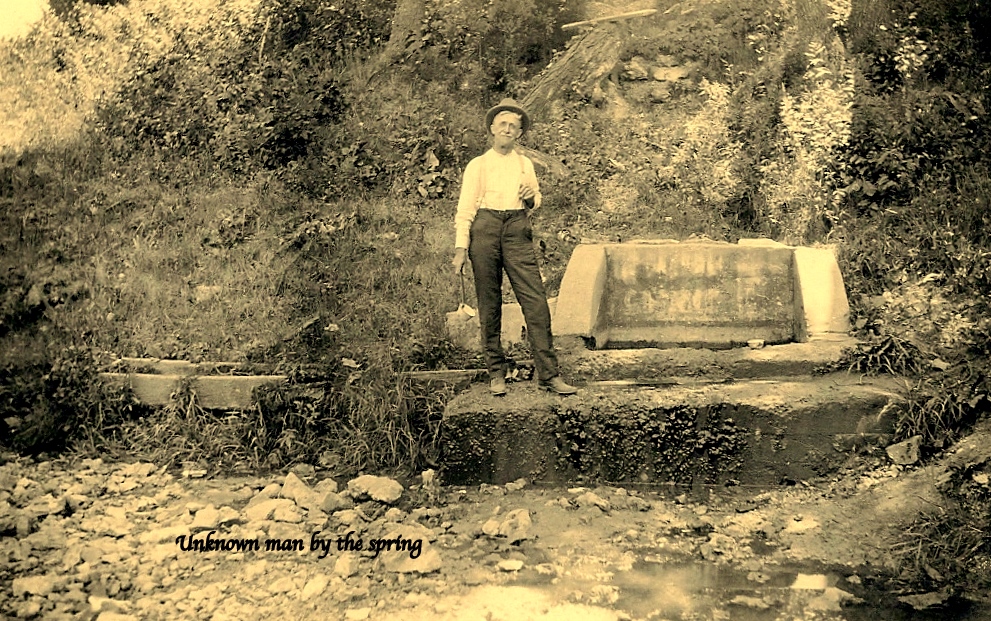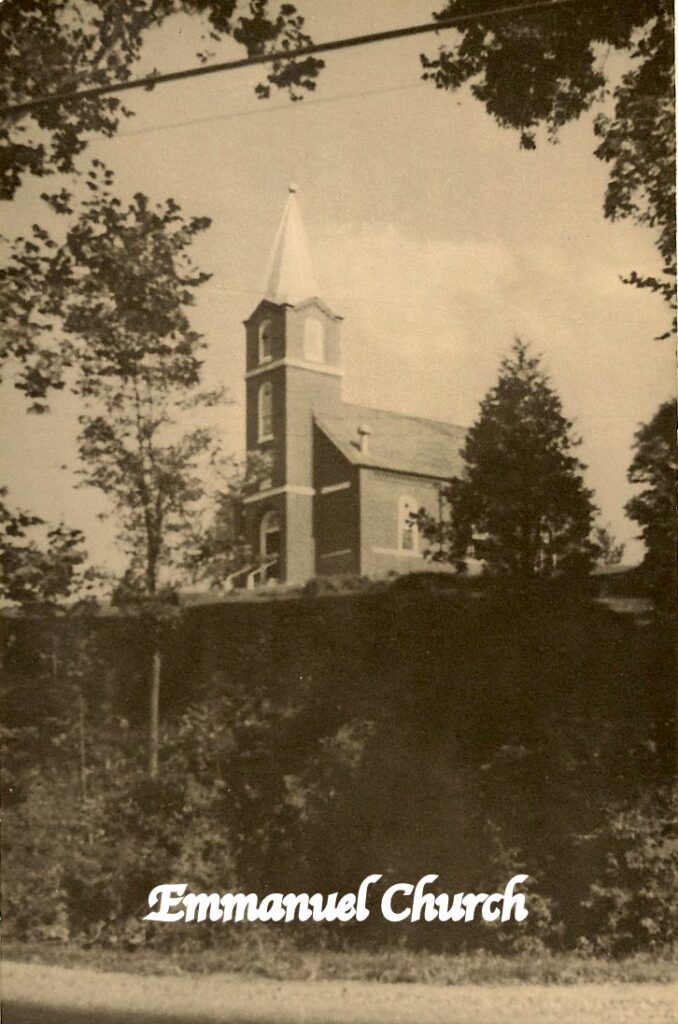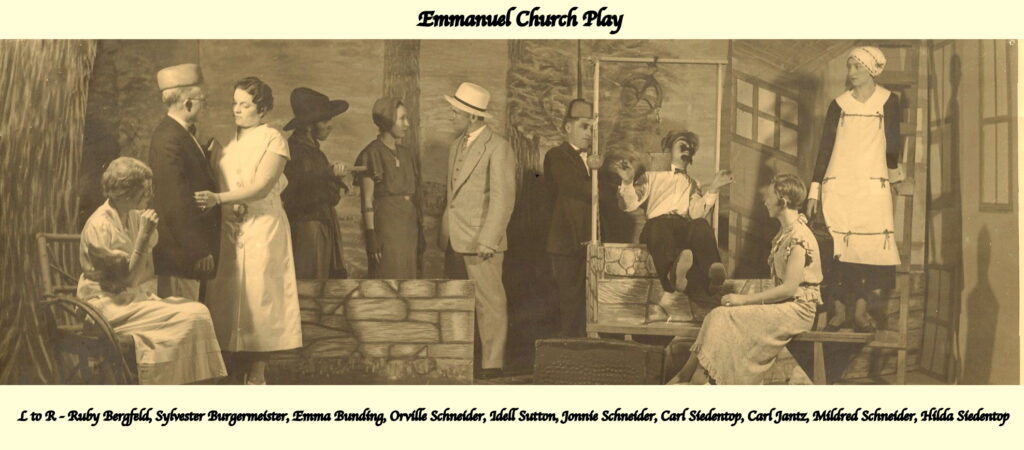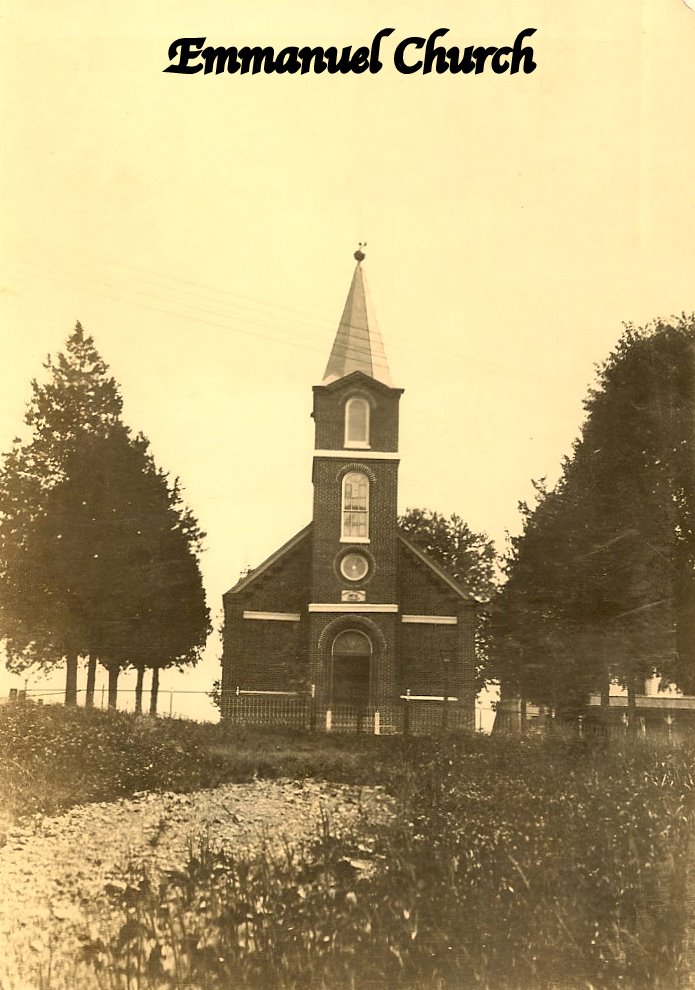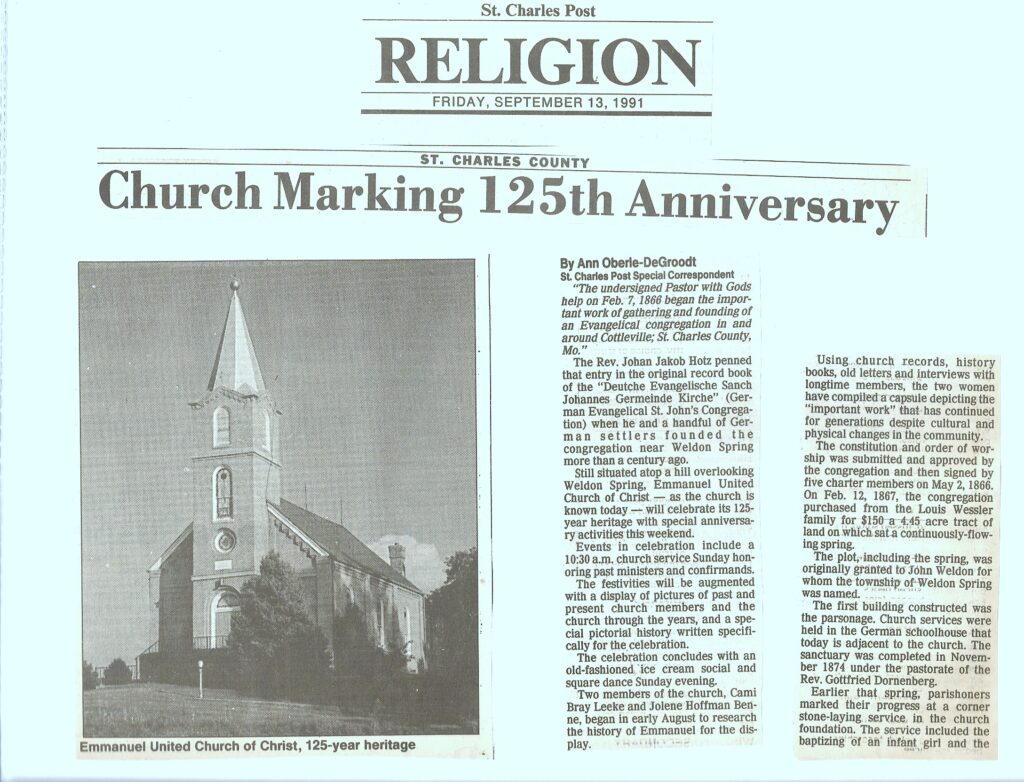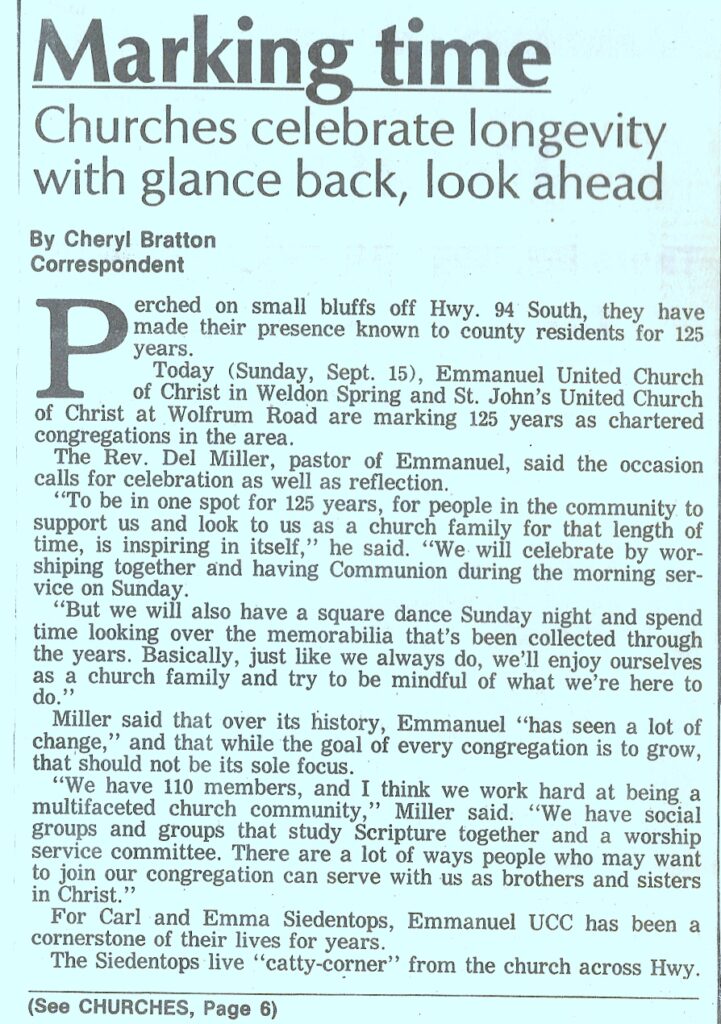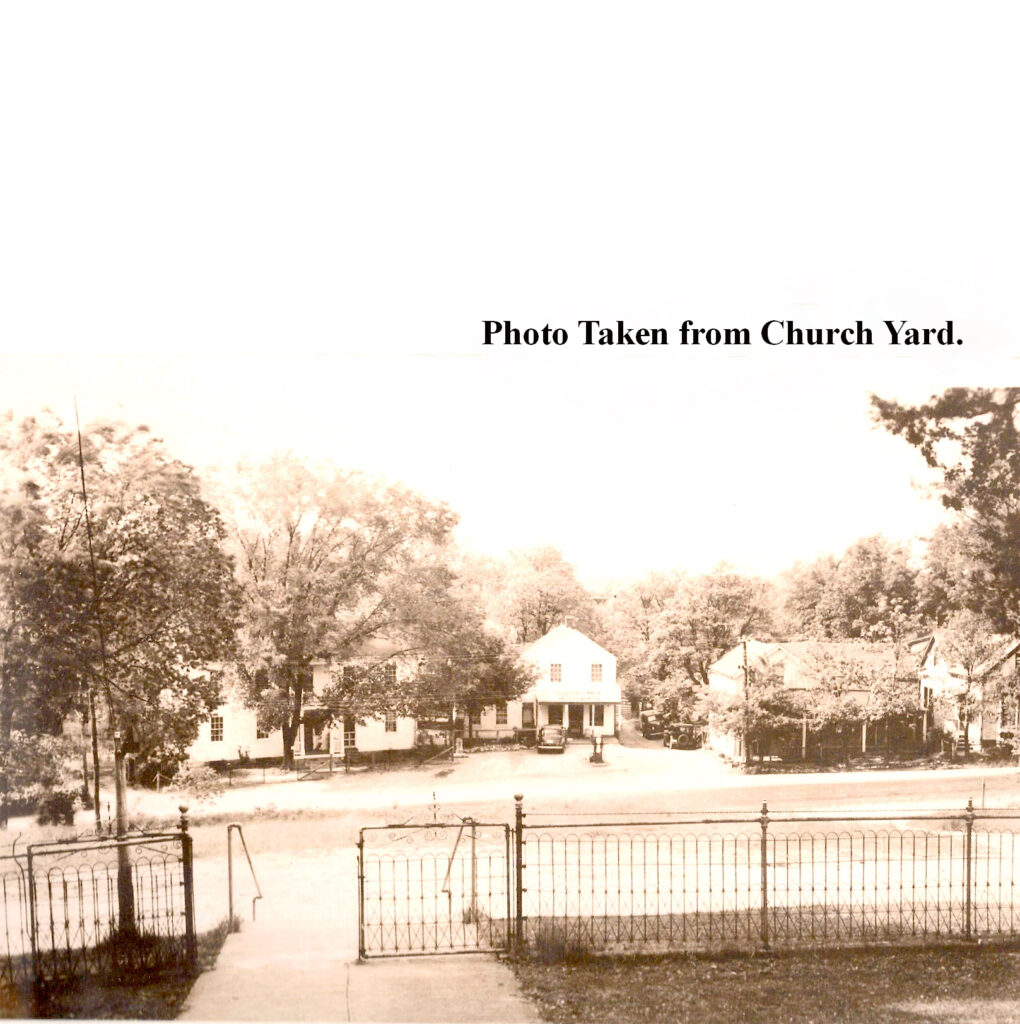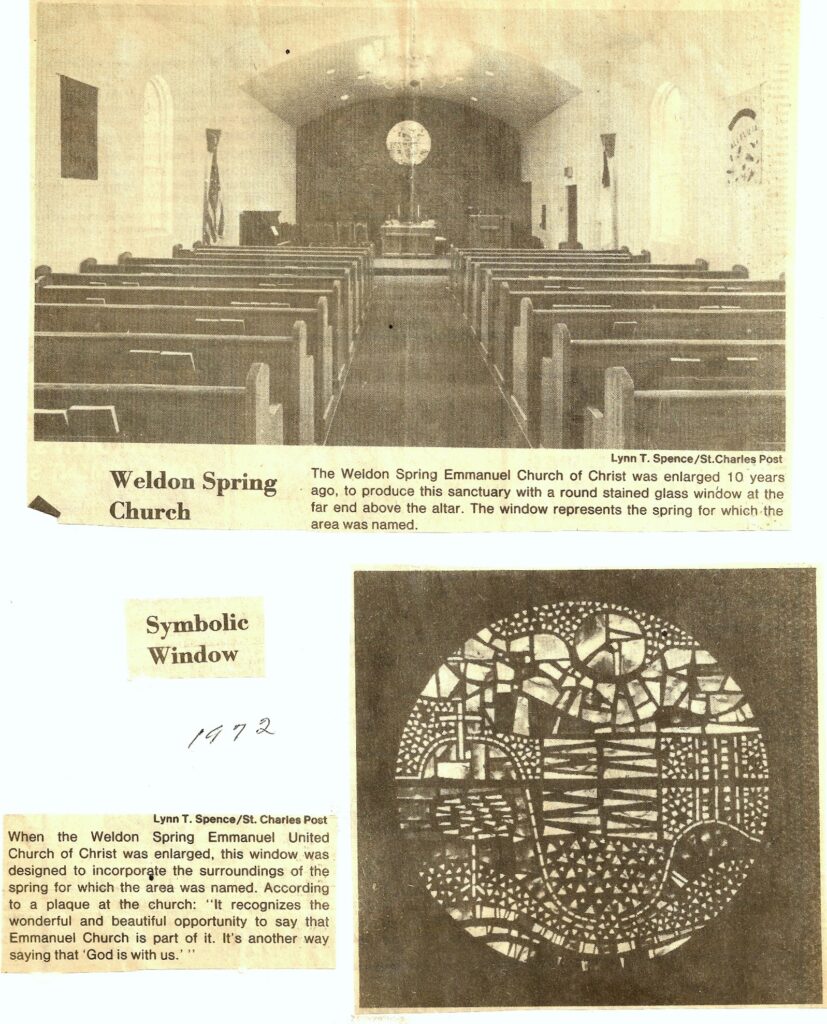Who We Are
The United Church of Christ is a denomination. The United Church of Christ came into being in 1957 with the union of two Protestant denominations: the Evangelical and Reformed Church and the Congregation Christian Churches. Each of these was, in turn, the result of a union of two earlier traditions. The Congregational Churches were organized when the Pilgrims of Plymouth Plantation (1620) and the Puritans of the Massachusetts Bay Colony (1629) acknowledged their essential unity in the Cambridge Platform of 1648. The Reformed Church in the United States traced its beginnings to congregations of German settlers in Pennsylvania founded from 1725 on. Later, its ranks were swelled by Reformed immigrants from Switzerland, Hungary, and other countries. The Christian Churches sprang up in the late 1700’s and the early 1800’s in reaction to the theological and organizational rigidity of the Methodist, Presbyterian, and Baptist churches of the time. The Evangelical Synod of North America traced its beginnings to an association of German Evangelical pastors in Missouri. This association, founded in 1841, reflected the 1817 union of Lutheran and Reformed churches in Germany.
“Whoever you are, and wherever you are on life’s journey, you are welcome here.”
Holy Helpers
Backpack Ministry Coordinator: Martha Chambers
Facilities Manager: Lisa Trachsel
Financial Secretary: Teresa Rey
Life with Emmanuel Editor: Gwen Pope
Music Minister: Kyle Work
Pastor: Michael Pope
Web Designers: Austin and Bethie (Rey) Hohe

COUNCIL
The Council is comprised of volunteer members of Emmanuel who are elected to serve as the executive body of the church. It shall be composed of two elders, two deacons, two trustees, and two members-at-large. The Pastor or Pastors will serve ex officio on the council. Five of its voting members shall constitute a quorum. The Council shall be the policy-making body and shall transact the business of the church, make provision for the determining and raising of the current expense budget as well as for Our Christian World Mission and benevolences, and provide for the auditing of financial accounts and for the adequate support of the staff. It shall keep a complete and accurate record of its proceedings, be the custodian of all church records and report to the congregation at its regular and special meetings.
Members
Emmanuel Youth Group President: Aubrie Trachsel
Financial Secretary & Deacon: Teresa Rey
President & Elder: Lisa Trachsel
Secretary & Elder: Cathleen Grundhauser
Treasurer & Deacon: Dave Cole
Trustee Chairperson: Tom Rey, Jr.
Trustee: Charles “Chuck” Allen
Vice-President & Deacon: Tom Rey, Jr.

Let’s Take a Journey Back to 1867
Located on the hill at Weldon Spring, offers a fine tradition of service to God and man, dating back more than a century. The congregation was formed in the Spring of 1866 by Reverend Johan J. Hotz, who came to Weldon Spring from Switzerland, via North Carolina. The “Deutche Evangelische Sanch Johannes Germeinde Kirche” conducted services in German and met originally in the local schoolhouse. The congregation decided that their first priority was to build a parsonage, feeling that if the pastor was happy and comfortable, he would be better able to strengthen the church. Before the parsonage was completed, the Rev. and Mrs. Hotz lived for a short time in Cottleville and then moved to a cabin on the Christian Fey farm. They had to hang bedding up on one side to keep out the cold for lack of lumber to finish the building. As the cabin floor was above the ground, pigs frequently sought shelter under it. The first confirmation classes were held in that cabin. During the time they lived there, Mrs. Hotz was ill with “climate fever” or malaria as we know it today. As soon as the parsonage (built almost entirely by Bernard Oberle) was completed, Mrs. Hotz was carried into it on her bed. Mrs. Hotz gave birth to the first baby to be born in the parsonage, and Amelia Hotz was baptized in the nearby schoolhouse. The congregation gave her 24 two-yard pieces of material for dresses.
On February 12, 1867, 4.45 acres of land were conveyed to the trustees of the church by Mr. and Mrs. Louis Wessler for $150.00. Construction was started in 1874, at which time many Indian arrows, pieces of pottery and flint chips were found, lending credence to the legend of the “Indian Flint Factory” at Weldon Spring. The spring was used as a watering stop for many Sioux and Osage Indians and an Indian Burial Ground was discovered during the excavation of the church. Bricks were purchased at $6.00 per thousand and rocks were hauled by boys without charge, and in this manner, the members of the congregation slowly and painstakingly completed construction of their church.
In the Spring of 1867, the first service was held in the church, with people huddling from the wind inside the foundation walls. Crude benches and a wooden altar were constructed for the occasion. The cornerstone was laid, a church box containing some papers was placed in one of the front corners and tiny Marie Reinwald was baptized.
On November 8, 1874, the church was finally completed at a cost of $3,500.00; and by 1885, we had a membership of 33. The church structure is still in use today. Reverend Hotz had moved on to Illinois in 1872, but he returned for the dedication ceremony on November 8th and conducted services with his successor, Reverend Gottfried Doerenburg. The congregation had appointed a “vorstehr”, which was similar to the Church Council of today, The “vorstehr” comprised four men: two to look over the spiritual needs and two to be responsible for the physical needs.
